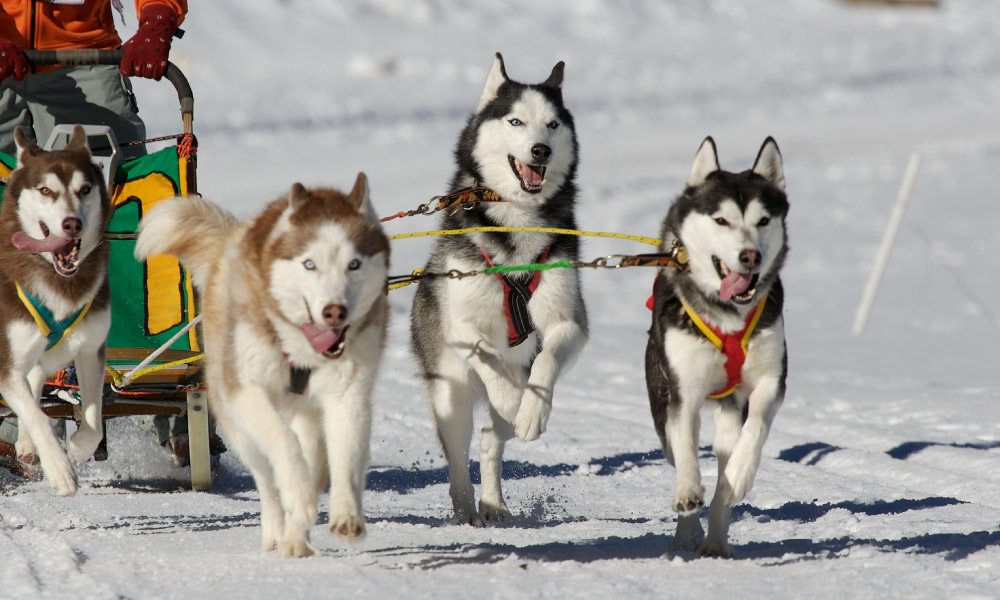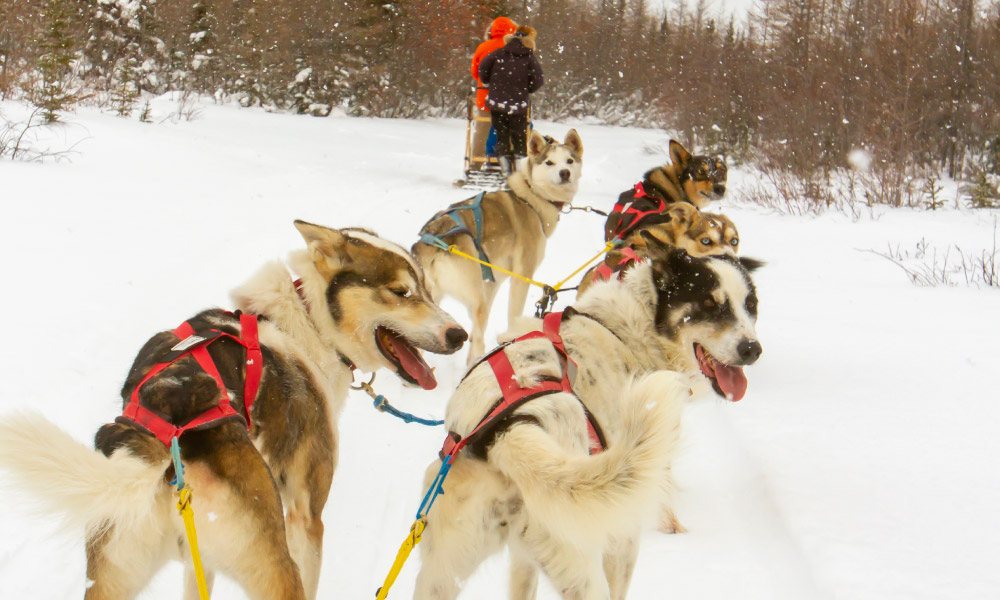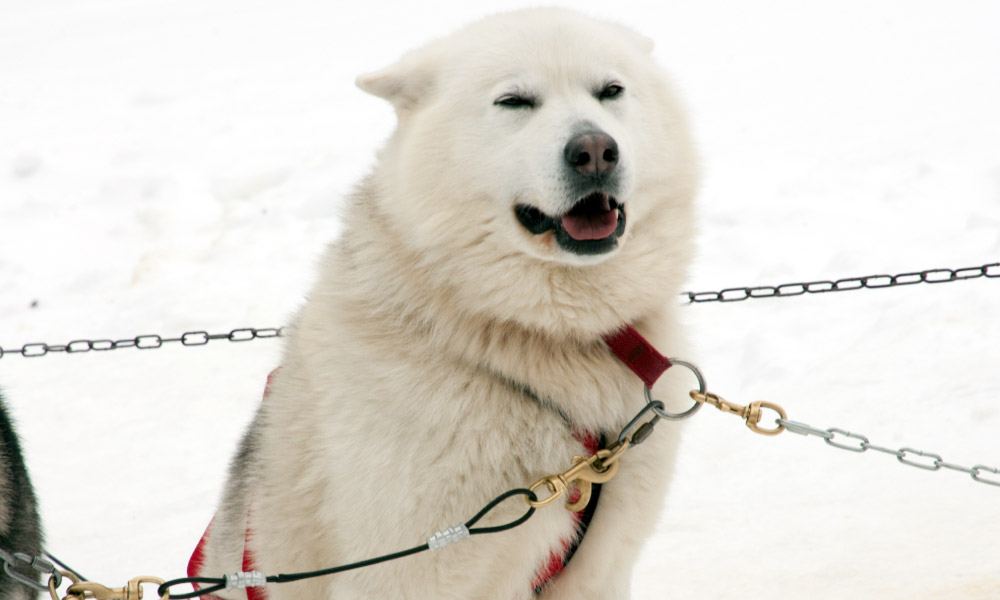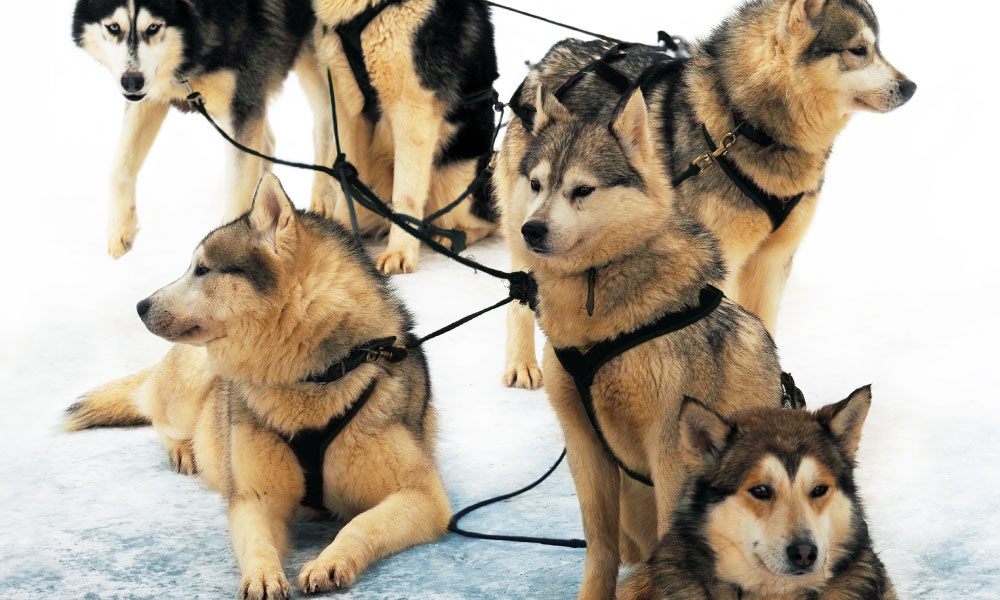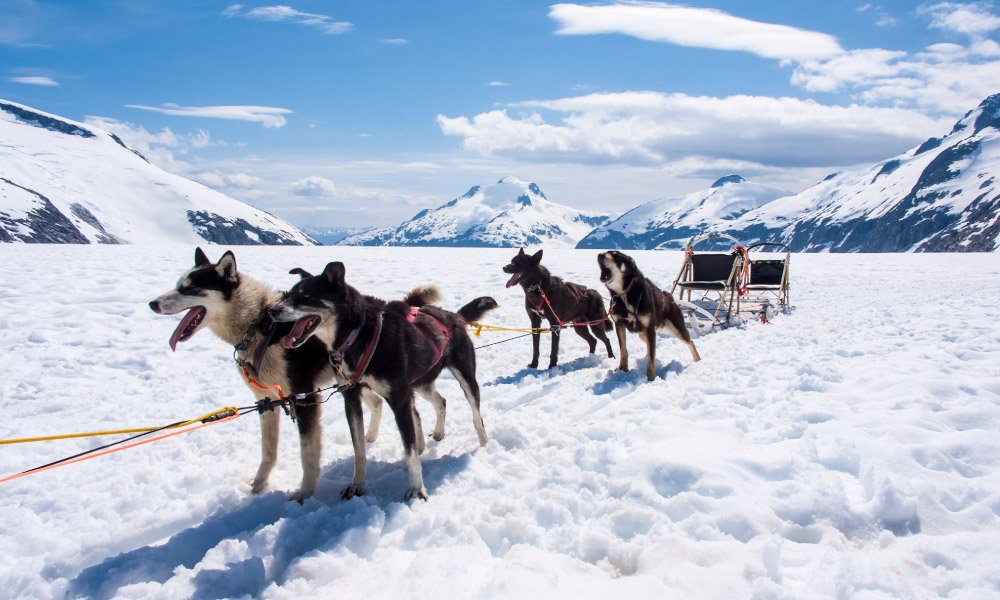
Organizational Design
I really think that 50% of my secret sauce for successful leadership is in organizational design.
In my experience, many CEO’s simply aren’t aware of the negative impact their organization’s design is creating. In many organizations, it’s not clear that there even is a design. Or as bad – it’s such a peculiar design that either the CEO is just kind of checked out, or s/he doesn’t know what they’re doing. Or both.
I’ve witnessed this several times now in places where I’ve met with the management team, simply talking about who’s who and who does what. As I listen to these conversations, I wonder, what in the world is going on out here? Everybody out here is unhappy; nobody knows how to get his or her job done. There are no good definitions of roles, responsibilities, or accountabilities. People don’t understand how their function drives value for each other. You know there are deficiencies in org design when you witness two or more executives are at odds because they don’t have the right spans of control, they lack process, and “without process, it’s personal”. More on that in another blog posting.
A lot of those deficiencies are clearly the result of political gyration, which means the CEO didn’t have the capacity to make the hard decisions in what some team members thought appeared to be a “win-lose” situation. The CEO lacked the capacity to articulate why this structure or that actually created a win-win situation (“the team wins, so we all win”). It has become a political issue because the CEO hasn’t had the sense to sit everyone down and say, “It’s going to be this way, this is why. Here is why everybody benefits. Nobody is really losing. Anybody who thinks headcount means power shouldn’t probably be on this team”.
In dog sledding, dogs expect to be placed in the right roles – roles which will harness their energy, stimulate their interests, and showcase their abilities. In comparison to humans, dogs are apolitical. But they know when they are in the wrong role, or when another dog is in the wrong role, because they can sense that the team is under-optimized. The Musher’s greatest responsibility in ensuring success lies in picking the right dogs for the right roles, providing them proper structure to operate in, and then cultivating them to truly excel individually and in their contribution to the team.
How does a dog sledding team’s design inform managers how to think about their own human capital needs and organizational design?
New? Start here.
Stay in the Know
Sign-up to get our latest articles delivered right to your Inbox.
"*" indicates required fields
